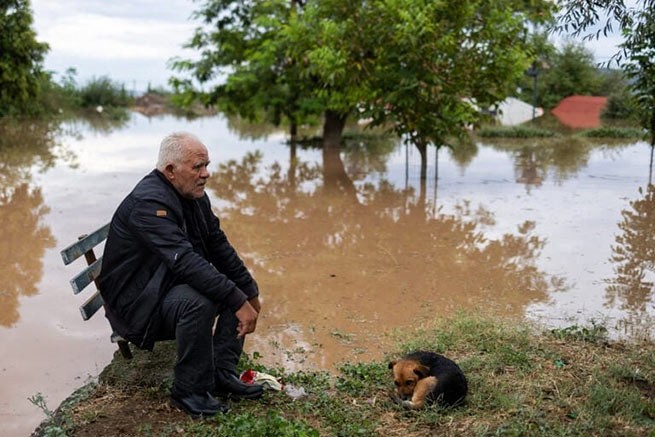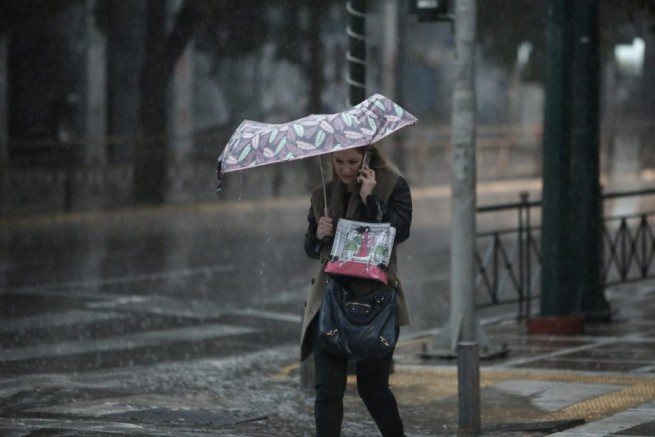Over the past 30 years, Athens has seen an increase in heavy rainfall (the so-called tropical), which can cause floods and natural disasters.
As noted by the researchers at the National Observatory of Athens in their study (Dr. Dimitra Funta and Professor Nikos Michalopoulos) in the context of CLIMPACT, “comparisons of the last 30 years (1991-2020) with the previous (1961-1990) showed an increase in the average annual rainfall by about 15% over the last period, with a decrease in the number of rainy days by about 3%. The result is a striking change in the distribution of rainfall.
The number of days with precipitation over 30 mm doubled in the period 1991-2020, while the corresponding amount of precipitation over 40 mm increased by 77%! In addition, according to the data of the meteorological station of the observatory in Tiseio, for 30 years 1991-2020. 17 days were recorded with daily rainfall in excess of 50 mm, compared with 10 days in the 1961-1990 period. “It has been estimated that about 30% of the total precipitation in the period 1991-2020. fell due to heavy rainfall (> 30 mm / day), while the corresponding percentage for the period 1961-1990. was only 16%. “These data show an increase in the rate of precipitation in the region, regardless of any changes in average altitude or total number of rainy days,” the EEC researchers note.
Monthly precipitation in Athens from 1961 to 2020 (in millimeters) monthly
Although most models of the evolution of climate change in Greece predict an intensification of droughts, Athens has seen an increase in average annual precipitation of 15% (compared to two periods: 1961-1990 and 1991-2000), but with a very large increase in the frequency of fast and severe rainfalls as predicted by climate scenarios.
Countrywide, there is an increase in the frequency of weather events that are causing significant socio-economic problems in Greece, and this is increasing in line with the evolution of climate change. However, as the researchers note, strong weather events also indicate a large infrastructure deficit in the country, especially in Athens and other large urban centers, where there is an excessive concentration of the population. The relationship between the effects of climate deregulation and the catastrophic effects of weather events is also traced in cases of rainfall in areas affected by fires, where the consequences of heavy precipitation are very high.
In the period from 2000 to 2020, at a special site of the National Observatory of Athens, about 500 weather events were recorded that caused socio-economic consequences. About a third of them had serious consequences, and 37% had significant consequences. More than 214 people died in them. 61.4% of events are associated with floods, with autumn and winter being the most dangerous months for floods. Data taken from research conducted by scientists from the Institute for Environmental Research and Sustainable Development (IEPBA) Observatory (K. Papagiannaki, A. Salonikidis, V. Cotroni and K. Laguvardos).
The geographical distribution of the episodes marks Attica, Thessaloniki, Ilia and Chania as the most affected areas. In Attica, almost every third weather event with social consequences is recorded. “Attica is the most densely populated and important industrial and commercial region in Greece, which has experienced extensive deforestation and urbanization, making it a particularly vulnerable area,” the researchers note.






More Stories
Residents of 5 regions of Greece received "a storm warning"
Dolphins appeared in Thermaikos this morning
Most polluted countries in 2023: Greek regions with worst air quality